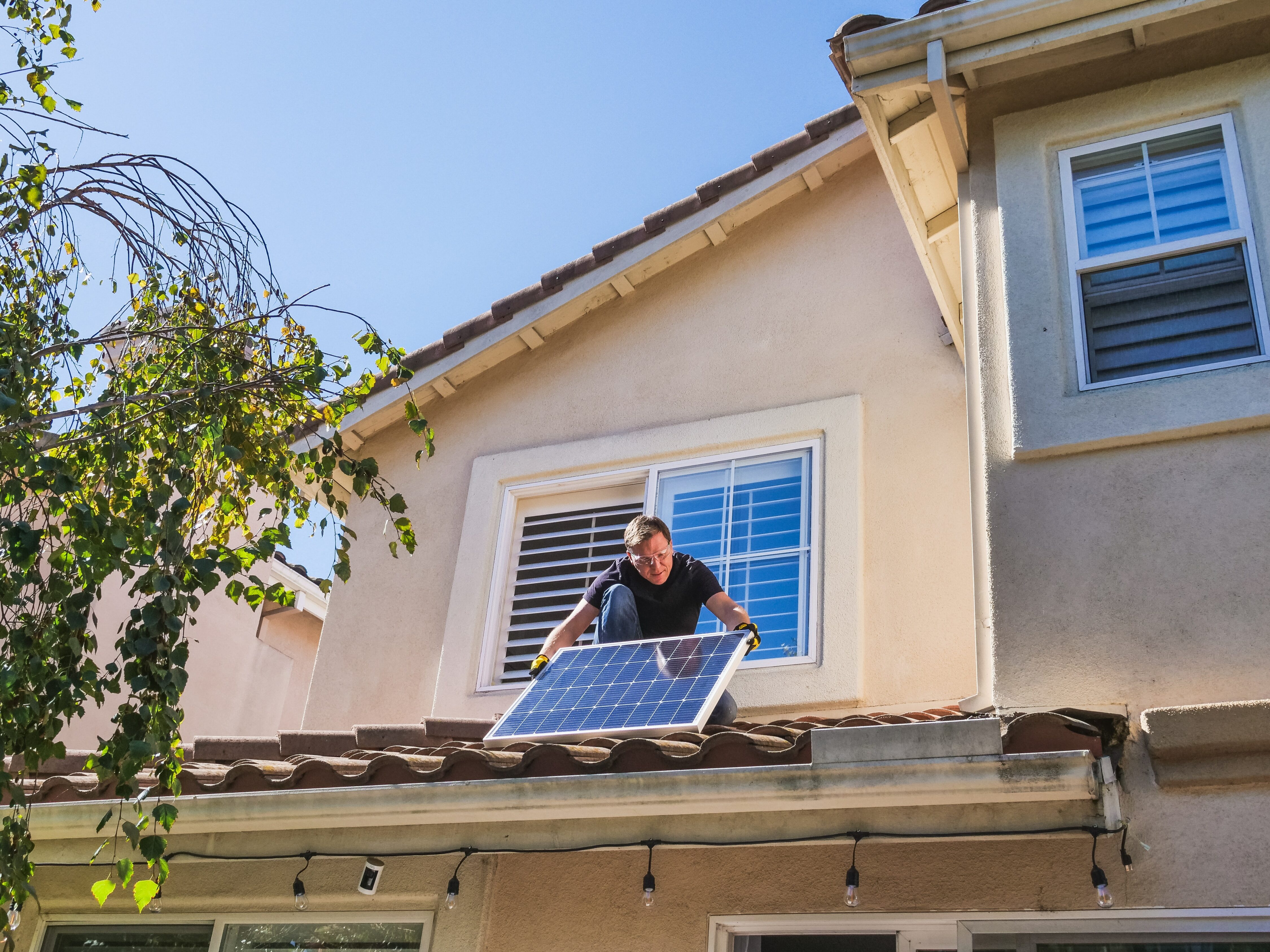Roof talk, anyone? We’re diving into something that’s pretty central to our job—roofs! You know, those important parts of homes that sometimes need a bit of extra care? We get it; the idea of fixing or changing a roof might seem like a lot. But no worries, we’re here to help break it down for you.
Think of the roof as a strong defender of a house, and yeah, ignoring it can end up costing quite a bit. But here’s the good news – getting a roof back in great shape doesn’t have to be a big hassle. We’re here to share some behind-the-scenes information about what to pay attention to in those estimates. Whether it’s just a small fix, a whole new look, or even putting in a brand-new roof, these are the important details that’ll make picking the right roofing expert super easy. So, let’s not waste any time—let’s dig in and make your path to a fantastic roof as smooth as it can be!
Now, brace yourself, because not all roofing estimates are created equal. That’s why it’s key to dig into the deets of each estimate. A decent roofing estimate should spill the beans on everything you need to know. Alright, no more beating around the bush. Here’s the lowdown on the must-haves every legit roofing estimate should lay out:
-
Contact Information and Business Credentials
The initial entry on your roofing estimate should feature your contact details. Include your company’s name, physical address, phone number, website URL, and email address. By furnishing these foundational details, clients can gain insight into your business and easily get in touch with inquiries. Enhance your company’s credibility by appending registration numbers or license particulars.
-
In-Depth Scope of Work
A robust roofing estimate necessitates a thorough breakdown of every work stage planned. Here are some fundamental particulars to incorporate:
– Specifications concerning the layers, encompassing their thickness
– Flashing placements
– Roof type slated for installation
– Dimensions of bolts and fasteners
– Machinery earmarked for the operation
In the case of a roof replacement project, include the procedures linked to removing the old roof and specify the count of layers slated for removal.
-
Costs
A well-structured roofing estimate should encompass all financial aspects related to the endeavor. This holistic assessment empowers clients to effectively compare various bids. Ensure your roofing estimate provides explicit details about the following components:
– Labor expenditures
– Material outlays
– Costs linked to dismantling the existing roof (if applicable)
– Charges associated with roof installation or repair
– Permit fees
– Expenses for post-job cleanup and waste disposal
Certain cost elements, like roof installation expenses, are frequently computed per square foot. The ultimate roofing expenses pivot on the components aforementioned, coupled with any potential taxes that roofing entities might apply, ensuring absolute transparency and averting any surprises stemming from concealed fees in the future.
-
Property Protection Measures
Whenever there is repair or construction work, such as roofing, it’s essential for every contractor to take preventative steps to safeguard the property from potential damage. This can involve tasks as simple as shielding the attic or securing appliances to prevent debris impacts. It might also include actions like covering a swimming pool with a fresh tarp. As a property inspector, it’s vital to emphasize these precautions in the estimate and detail the associated costs. Avoid assuming that customers are aware of these protections; this ensures there are no unfavorable surprises upon seeing the final invoice.
-
Start and Completion Date
Including the project’s start and completion dates is imperative. The estimate must specify when the work will commence and when it’s anticipated to conclude. When establishing these dates, it’s prudent to consider unforeseen circumstances that might arise. Adding a buffer period is advisable. If unexpected delays don’t occur, this approach can result in completing the work ahead of schedule, delighting the customer. This timeline information also enables customers to make any necessary alternative arrangements while the job is ongoing. Additionally, don’t overlook mentioning the date when the estimate was sent. This seemingly minor detail provides a gauge of the estimate’s age and facilitates future cost comparisons for customers.
-
Transparent Materials Utilization
A comprehensive list of all materials required for the roofing process should be featured in the estimate. Given that the final roofing cost significantly hinges on material choices, it’s crucial to outline details like material costs. Transparently informing customers about their expenditures is pivotal. Furthermore, if premium roofing materials are utilized, highlighting them in the estimate reassures customers that their roof is in capable hands. This inventory should encompass all essential elements, including flashing, shingles, gutter components, soffits, bolts, fasteners, and every other material necessary for the project. Additionally, provide specifics about the names and types of sealants employed for waterproofing.
-
Comprehensive Warranty Coverage
A pivotal concern for every customer revolves around the warranty provided for the roof. Knowing the duration and coverage in case of an issue is paramount. Therefore, this crucial information must find a place in the estimate. Ideally, specifying both the warranty type and duration for each roofing component and the overall roof is recommended. Such particulars not only assure customers but also convey the durability of the materials used and the contractor’s confidence in their workmanship.
-
Flexible Payment Methods
Concluding the roofing estimate is critical information about the accepted payment methods. This section should also elucidate the payment collection process: whether it’s a one-time upfront payment, staggered payments as work progresses, or a two-stage payment, with an advance before commencing work and the remainder upon completion.
Crafting a comprehensive estimate can feel daunting, but understanding your customers’ expectations simplifies the process. The highlighted components in this section offer a solid foundation. You can customize and expand on these details based on your business requirements. To streamline your estimating process, consider using a roofing estimate template.


![Mastering Construction Site Safety: Your Comprehensive Handbook [2024]](https://fielda.com/wp-content/uploads/2024/01/Construction-Site-Safety-500x383.jpg)

Leave A Comment